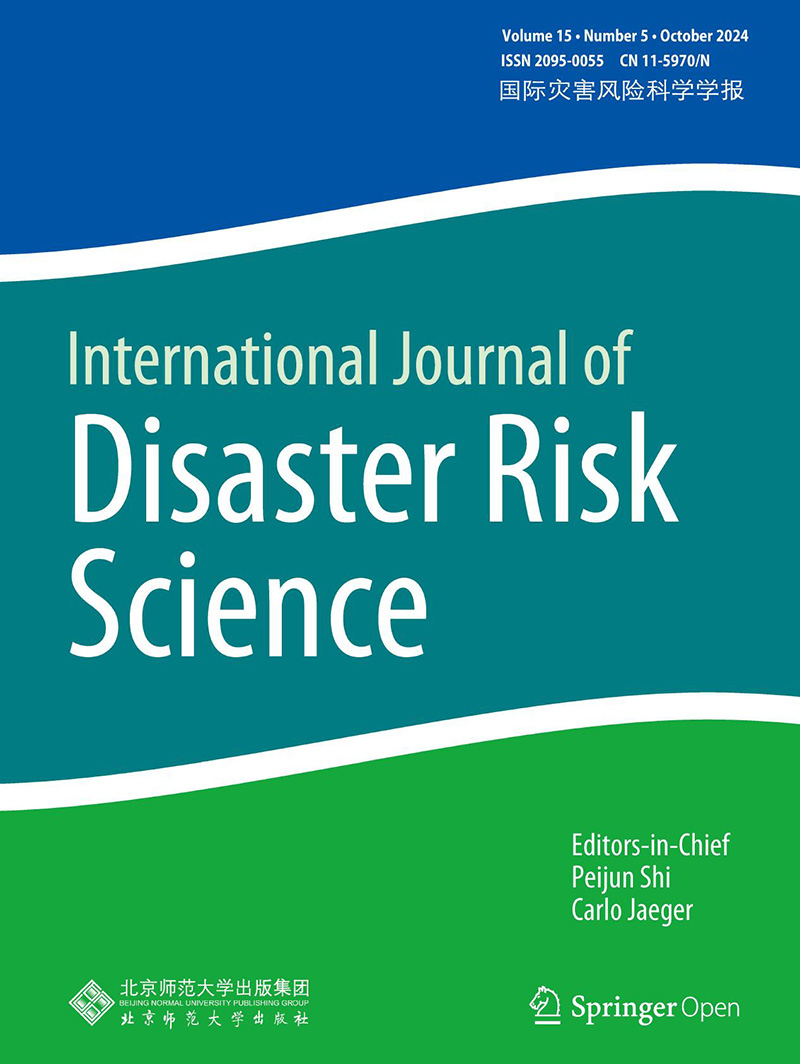Abstract:
This research examines the relationship between social vulnerability factors and reported needs following Hurricane Florence. Weighted least squares regression models were used to identify predictor variables for valid registrations that reported needs pertaining to emergencies, food, and shelter. Data consisted of zip codes in North Carolina and South Carolina that received individual assistance for Hurricane Florence (N = 406). The results suggest that when controlling for event-specific factors and flood mitigation factors, the proportions of the population that is female, the population over 65, the population aged 5 and under, the population older than 5 years not speaking English, and the minority population were all predictors of the per capita reported emergency needs. When controlling for the same variables, the proportions of the population over the age of 25 with a Bachelor’s degree, the female population, the population aged 5 and under, the population above 5 years old that does not speak English, and the minority population were all predictors of the per capita reported food needs. With the same variables controlled for, three variables—the proportions of the population over 65, the population aged 5 and under, and the non-Englishspeaking population above 5 years of age—were all predictors of the per capita reported shelter needs. The results suggest that more attention should be given to these vulnerable populations in the pre-disaster planning process.



